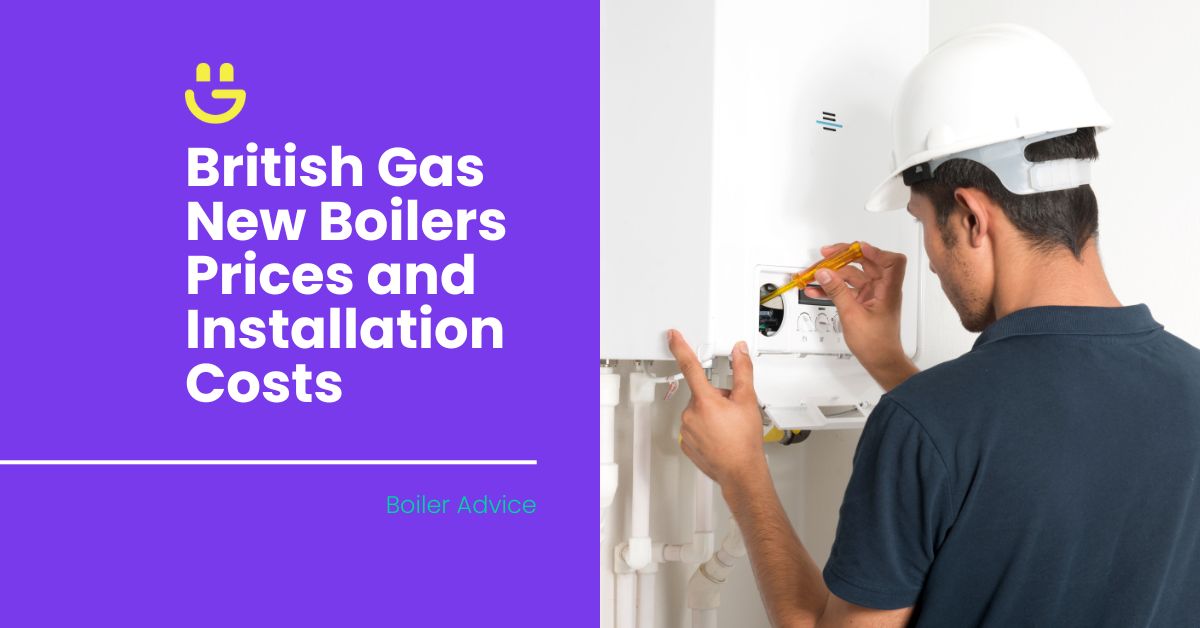Last Updated on April 10, 2025
How to Tell if Windows Are Double Glazed – Signs to Look For
Double glazing is standard in most modern UK properties, offering better energy efficiency, soundproofing, and security. But if you’re not sure whether your existing windows are double glazed—or you’re assessing a property for potential upgrades—there are several clear indicators to look for.
Whether you’re a homeowner trying to improve your home’s insulation or a landlord wanting to meet energy efficiency standards, this guide will walk you through how to tell if windows are double glazed, with professional insights you won’t get from a surface-level article.
Contents
- 1 How to Tell if Windows Are Double Glazed – Signs to Look For
- 1.1 Are My Windows Double Glazed? Signs to Look for
- 1.1.1 1. Visual Inspection – The Most Immediate Clue
- 1.1.2 2. Touch Test – Feel the Temperature Difference
- 1.1.3 3. Check for Condensation Between Panes
- 1.1.4 4. Soundproofing Differences
- 1.1.5 5. Frame Depth and Construction
- 1.1.6 6. Energy Performance Certificate (EPC)
- 1.1.7 7. Still Unsure? Use the Candle Test
- 1.2 Thinking About Replacing Your Windows?
- 1.3 What Are the Alternatives to Double Glazing?
- 1.4 Get a Free Quote for New Double Glazed Windows
- 1.1 Are My Windows Double Glazed? Signs to Look for
Are My Windows Double Glazed? Signs to Look for
1. Visual Inspection – The Most Immediate Clue
Start with the simplest method: looking closely at the windowpane. Double glazed windows consist of two glass panes separated by a small gap filled with air or gas.
Things to check:
- Spacer Bar: Look for a thin metal or polymer strip (usually silver or black) around the inside edge of the windowpane. This separates the two panes and seals the gap.
- Internal Reflections: Double glazed units often reflect light differently. Tilt your head and see if there are multiple reflections, which can indicate two panes of glass.
- Beading: Most modern double glazing units have a beaded edge inside or outside the frame that helps secure the glass.
Pro tip: If your window has a sticker with specifications or a stamp in the corner (often etched into the glass), it may indicate the manufacturer and whether the unit is double glazed.
2. Touch Test – Feel the Temperature Difference
Double glazing provides a thermal barrier. On cold days, touch the inside surface of the window:
- If it feels significantly warmer than the outside, you’re likely dealing with double glazing.
- Single panes tend to feel much colder and may have condensation on the interior surface.
3. Check for Condensation Between Panes
One of the most frustrating signs of failed double glazing is condensation between the panes. While this indicates the seal has broken, it also confirms that you do have a double glazed unit.
Condensation inside the home (on the room-facing side) is more likely due to ventilation issues—not a sign of double glazing failure.
4. Soundproofing Differences
If you’re unsure whether your windows are double glazed, stand inside during a busy time of day.
- Can you hear road traffic or outside noise clearly?
- If not, and the room feels noticeably quieter, that could be thanks to double glazed units—especially when filled with argon gas for better sound insulation.
5. Frame Depth and Construction
The depth of the window frame is another useful indicator.
- Double glazed windows typically require a thicker frame to accommodate two panes.
- If the frame is particularly narrow or has signs of being very old (like painted wooden frames from pre-1980s), it may only support a single glazed unit.
You can also check for integrated locking systems or trickle vents—these are often features of modern double glazed installations.
6. Energy Performance Certificate (EPC)
If you’ve recently purchased or are renting a property, the EPC can provide clues. Most EPCs mention the window type and whether they are single or double glazed.
For landlords, ensuring your property meets minimum energy efficiency standards means double glazing is a must. An upgrade could also support better tenant satisfaction and reduce energy bills.
7. Still Unsure? Use the Candle Test
Light a candle and slowly move it around the edges of the glass.
- If you see two faint reflections of the flame, it’s a strong indication of double glazing.
- A single reflection usually means single glazing.
This isn’t a foolproof method, but it can serve as a quick at-home test before calling in a professional.
Thinking About Replacing Your Windows?
If you’ve discovered your windows are single glazed or your double glazing has failed, upgrading is one of the most impactful home improvements you can make. Not only can it significantly improve your property’s EPC rating, but modern units also offer better thermal efficiency and security features.
You might be wondering: How much does it cost to install new double glazed windows? We’ve created a detailed breakdown of new window costs so you can plan your upgrade with confidence.
What Are the Alternatives to Double Glazing?
Although double glazing is the go-to solution for energy efficiency and noise reduction, it’s not the only option. Depending on your budget, property type, or conservation restrictions, you might explore alternative window solutions.
Here’s a breakdown of your main options:
Secondary Glazing
A great option for listed buildings or properties where you can’t replace the existing frames. A slim panel is fitted inside the window to add insulation and soundproofing. If you’re curious about how this compares, this guide explores key differences in performance.
Triple Glazing
Offers even more insulation than double glazing, ideal for colder climates or passive homes. However, it’s heavier and more expensive. For deeper insight, have a look at our comparison guide here.
Acoustic Glass
Designed to reduce noise levels from traffic or urban environments. It’s not just for studios—it’s a great solution for homes in noisy areas. We’ve explored how this type of glass stacks up in this post.
Low-E Glass
This glass has a special coating to reflect heat back into the room while letting sunlight in, helping regulate indoor temperatures more efficiently. Find out how it performs compared to standard double glazing in this comparison.
Other Options
In specific use cases or tight budgets, homeowners also look into single pane retrofits or thermally enhanced films. These are less effective than structural solutions but can offer short-term benefits.
For a more in-depth breakdown, visit our detailed alternatives to double glazing resource.
Get a Free Quote for New Double Glazed Windows
If you’ve realised your current windows aren’t performing as they should—or you’ve spotted signs of old or failed units—it might be time to invest in high-performance replacements. Our experienced window specialists work across the UK to deliver expertly fitted, energy-efficient double glazed windows.
Request a free quote for new windows today and discover how much you could save on energy bills while making your property more secure and comfortable.





James Elston
Boiler Expert
James Elston is the top boiler replacement and heating expert at Eco Happy. He has over 20 years of experience in the industry, focusing on Gas Safe boiler installations and offering home-heating and energy-saving solutions to homeowners across the UK. From sourcing the most energy-efficient combi boiler to providing specialist heating advice, James ensures that Eco Happy maintains the highest standards and best customer service.